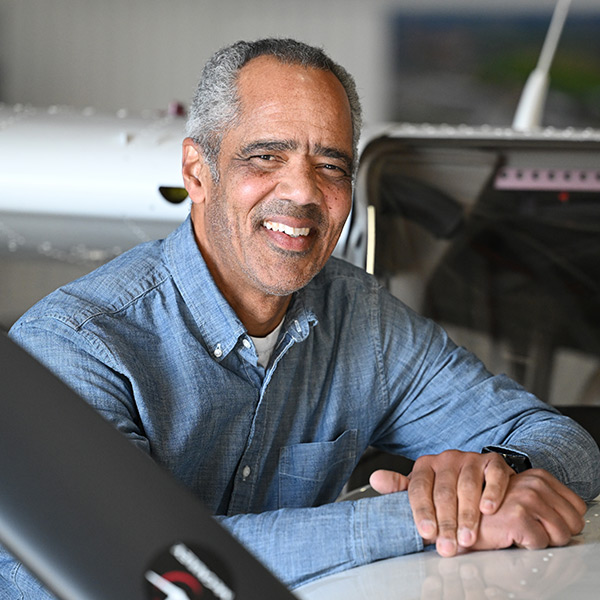Twin-hull turboprop for sale to new builder
Florida company hopes to hand off certification project
If you are in the market for a unique six-place amphibian, watch this space. Privateer Industries LLC, which has been developing the Privateer amphibious turboprop aircraft for more than a decade, said it plans to sell the project, for which the Melbourne, Florida, company is seeking FAR Part 23 certification. The sale includes the aircraft and all related intellectual property rights.
Company founder John Meekins conceived the aircraft after his attempts to find a fast, stable amphibian that could carry his family. Illness has compelled the sale, which Ivor Goodwin, a test pilot for the Privateer, is overseeing. The proof-of-concept aircraft has completed 42.7 flight test hours and 1.5 hours of water maneuverability tests.
Goodwin said several parties have inquired about the aircraft, and he expects more interest in part because the Privateer is well along in terms of development.
“We’ve gotten over the big hurdles already,” Goodwin said. “We have shown that it floats and that it flies.”

To be sure, there is more work to be done before the aircraft is ready for production. One of the problems, Goodwin said, is that the company contracted a boat-building firm to construct the molded composite airframe. “They used perhaps twice as many layers of carbon fiber as it needed,” he said. The Privateer’s empty weight was supposed to be around 3,500 pounds, “but the prototype is about 5,500.” The Privateer’s wingspan is 42.9 feet and its overall length is 43 feet.
Performance goals for the aircraft include a maximum cruise speed of 195 knots at sea level and 215 knots at 15,000 feet, an initial climb rate of 2,100 fpm, and a service ceiling of 25,000 feet. Expected takeoff distance on land is 1,300 feet on land, clearing a 50-foot obstacle.
The price? The sellers are looking for “about $5 million.”




